Sport
India vs Netherlands: A Statistical Look at Their Encounters
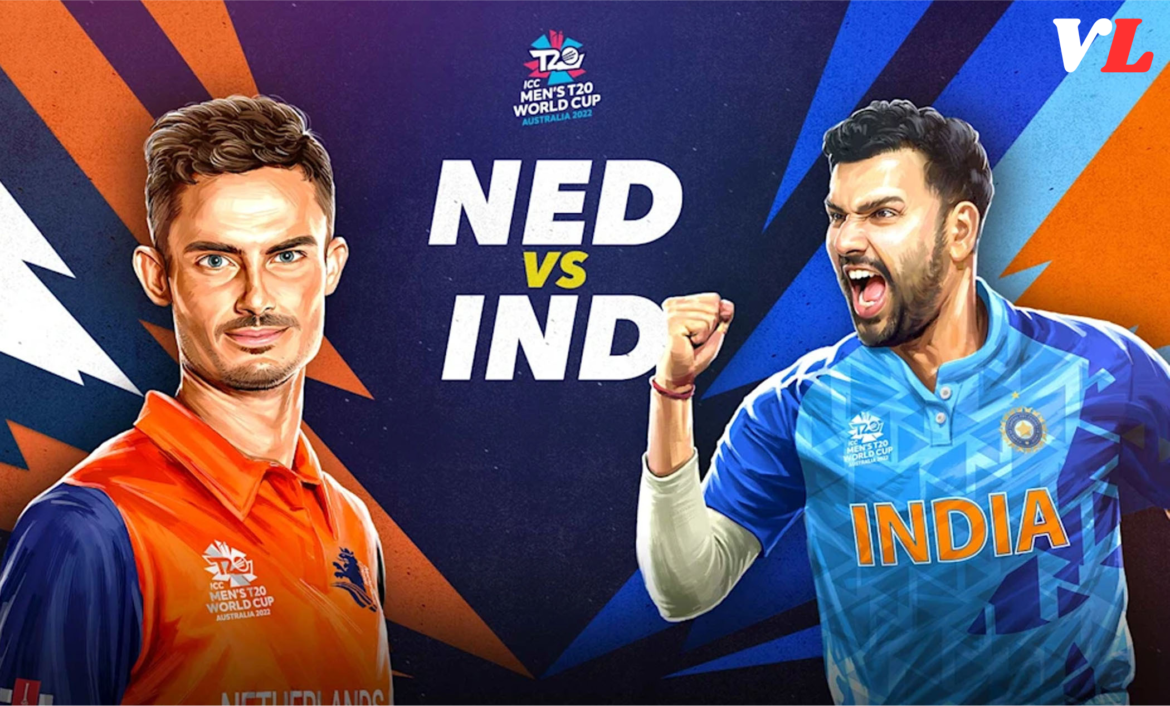
Cricket, often described as a religion in India, brings together fans from all walks of life, particularly when the Indian national cricket team takes the field. The team’s global stature has led to memorable matches with various cricket-playing nations, including emerging teams like the Netherlands. Though India and the Netherlands may not share as extensive a cricket rivalry as India does with nations like Pakistan or Australia, their encounters are nonetheless significant. These games often highlight the growth and development of cricket in associate nations like the Netherlands.
Let’s dive deep into the statistical aspects of India vs Netherlands matches, covering everything from head-to-head records to individual player stats and historical insights.
Read more:india national cricket team vs netherlands national cricket team stats
1. Historical Context of India vs Netherlands Encounters
India and the Netherlands have met primarily in ICC tournaments, particularly in the T20 World Cup and ODI World Cup. Matches between full-member nations like India and associate teams like the Netherlands are always highly anticipated, as they present the associate teams an opportunity to showcase their talent on a global platform, while cricket giants like India take these matches as a chance to refine their skills and test strategies.
2. Head-to-Head Record
As of now, India and the Netherlands have faced each other only a handful of times, mainly in One Day Internationals (ODIs) and Twenty20 Internationals (T20Is). Here’s a breakdown of their encounters in each format:
ODIs: India and the Netherlands have clashed in the ODI World Cup on two notable occasions – in 2003 and 2011. India won both encounters comfortably, highlighting the gap between the two teams in terms of experience and skill.
T20Is: Their first T20 International match took place in the 2022 T20 World Cup. India, led by its star-studded lineup, dominated the Netherlands with both bat and ball.
Overall, the head-to-head record has been tilted significantly in India’s favor, with no wins recorded by the Netherlands against India in either format.
3. Statistical Comparison: India vs Netherlands
Batting
The Indian team is known for its batting depth, with players capable of turning a game single-handedly. When India faces the Netherlands, Indian batsmen typically put up big scores, capitalizing on their experience against the Netherlands’ relatively inexperienced bowling lineup.
Highest Team Score: India’s highest ODI score against the Netherlands is 204/4, achieved during the 2011 World Cup.
Highest Individual Score: Notably, Virender Sehwag’s 114 in the 2011 World Cup remains the highest individual score by an Indian batsman against the Netherlands. His innings showcased India’s batting dominance, scoring at a rapid pace and putting the Netherlands bowlers on the back foot.
In T20Is, the 2022 World Cup saw Virat Kohli and Suryakumar Yadav score brisk half-centuries, pushing India to a competitive total and once again displaying the gap in batting prowess between the two teams.
Bowling
India’s bowling lineup has typically outclassed the Netherlands, with bowlers consistently keeping the Dutch batsmen in check.
Best Bowling Figures: Zaheer Khan recorded exceptional bowling figures of 3/11 in the 2011 ODI World Cup. His disciplined line and length, combined with his experience, made it difficult for the Netherlands to score runs freely.
Indian spinners have also found success against the Netherlands, with Ravichandran Ashwin and Yuzvendra Chahal often troubling the Dutch batsmen with their turn and accuracy.
Fielding
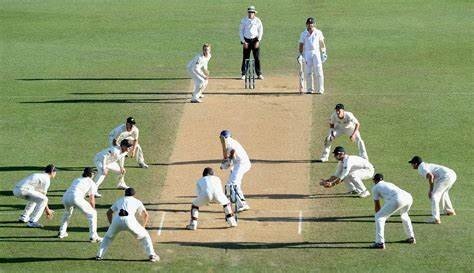
India’s fielding standards are generally high, and this aspect of their game has often been a deciding factor against associate nations like the Netherlands. Quick reflexes, precise throws, and agility on the field make India’s fielding a crucial weapon in restricting runs and creating pressure.
4. Notable Players and Their Performances
Virender Sehwag: Known for his aggressive batting, Sehwag’s century against the Netherlands in the 2011 World Cup exemplified India’s batting strength. His ability to score boundaries consistently made him a thorn in the Netherlands’ bowling lineup.
Zaheer Khan: His contributions with the ball, especially in ICC tournaments, have been vital. His 3/11 against the Netherlands in 2011 was a testament to his skill and experience in high-pressure games.
Virat Kohli: Kohli’s half-century in the 2022 T20 World Cup demonstrated his composure and consistency, helping India post a formidable score. Kohli’s adaptability against different bowlers makes him an asset against teams like the Netherlands.
Suryakumar Yadav: Known for his innovative shot-making, Yadav’s quickfire innings in the 2022 T20 World Cup helped India accelerate the scoring rate in the death overs, showcasing the importance of having power-hitters lower down the order.
5. The Netherlands’ Key Players
While the Netherlands may not have the star power of the Indian team, they have produced several talented players who have made a mark on the international stage:
Ryan ten Doeschate: Widely regarded as one of the best cricketers to come from an associate nation, Ten Doeschate’s all-round abilities have been vital for the Netherlands. His performances in the 2011 World Cup, though not against India, highlighted his skill and resilience.
Max O’Dowd: An opening batsman with a solid technique, O’Dowd has been a consistent performer for the Netherlands. In the 2022 T20 World Cup, he held his ground against the Indian bowlers, showing glimpses of potential despite the eventual outcome.
Paul van Meekeren: As a frontline bowler for the Netherlands, Van Meekeren’s pace and ability to extract bounce from the pitch have made him a standout performer. In the 2022 T20 World Cup, he posed some challenges to Indian batsmen, showcasing his growth as an international player.
6. Statistical Highlights and Milestones
Most Runs (India): Virender Sehwag tops the charts with 114 runs against the Netherlands in ODIs, thanks to his memorable century in the 2011 World Cup.
Most Wickets (India): Zaheer Khan’s 3-wicket haul in the 2011 World Cup remains the best by an Indian bowler against the Netherlands in ODIs.
Fastest Fifty: In T20Is, Suryakumar Yadav holds the record for the fastest fifty against the Netherlands, achieved during the 2022 World Cup. His aggressive approach underlines India’s confidence and dominance in the format.
Best Bowling Economy: Indian spinners have often maintained a low economy rate against the Netherlands, with Ashwin and Chahal effectively controlling the middle overs in their encounters.
7. Challenges and Opportunities for the Netherlands
For associate nations like the Netherlands, games against established teams like India present both a challenge and an opportunity. On the one hand, they face a formidable opponent with world-class players, which can expose any weaknesses. However, these games also provide invaluable experience, allowing associate players to learn from the best and improve their game.
The Netherlands’ cricket infrastructure and talent pool have grown significantly over the years. Programs aimed at improving grassroots cricket, coupled with increased participation in ICC events, are helping to close the gap between associate nations and full-member teams.
8. Future Prospects of India vs Netherlands Encounters
As cricket continues to globalize, matches between full-member nations and associate teams will become more frequent. India and the Netherlands may face each other in future World Cups, ICC qualifiers, or even bilateral series if the ICC expands its commitment to developing associate nations.
For India, such matches are an opportunity to test new players, refine team strategies, and experiment with different combinations. For the Netherlands, every game against a team like India is a chance to showcase their growth, gain exposure, and perhaps even cause an upset.
9. Conclusion
While India remains dominant in the head-to-head records against the Netherlands, the encounters between these teams are vital to cricket’s global narrative. These matches help promote the sport in associate countries, giving players like those from the Netherlands the opportunity to test their skills against some of the best in the world. For fans, these games offer a glimpse into the expanding world of cricket and a chance to witness the progress of nations working their way up the cricketing ladder.
India vs Netherlands matches may currently be one-sided statistically, but they represent something much larger — the dream of taking cricket to every corner of the world and nurturing talent in every country. The Netherlands’ journey, like that of many other associate nations, is a testament to cricket’s potential to grow globally.
Share this content:
Sport
Sport Climbing Combined: A Thrilling Addition to the Olympics

Sport climbing has emerged as one of the most electrifying additions to the Olympic Games. Combining elements of speed, technique, and endurance, this dynamic sport captivated audiences when it made its debut at the 2020 Tokyo Olympics. Now, the “combined format” is gearing up to make waves in future competitions. In this blog, we’ll delve into what sport climbing combined entails, its unique appeal, and how it is reshaping the Olympic landscape.
What is Sport Climbing Combined?
The “combined” event in sport climbing is a fusion of three distinct disciplines: speed climbing, bouldering, and lead climbing. Each tests different physical and mental attributes, making the format both challenging for athletes and exhilarating for spectators. Here’s a breakdown of each discipline:
Speed Climbing: Two climbers race side-by-side on a standardized vertical wall, aiming to reach the top in the shortest time possible. It’s all about explosive power and precision.
Bouldering: Athletes attempt to solve complex climbing puzzles on shorter walls without ropes. They have a limited number of attempts to complete as many “problems” as possible within a set time.
Lead Climbing: Climbers aim to ascend as high as possible on a much taller wall within a time limit, using a rope for safety. This discipline emphasizes endurance and strategic thinking.
The combined format challenges athletes to excel across all three, showcasing their versatility and resilience.
The Evolution of Sport Climbing in the Olympics
Sport climbing made its Olympic debut in 2020 with a single combined event. While the format was thrilling, it received criticism for forcing athletes to compete in disciplines they might not specialize in. For example, speed climbers, who thrive on quick bursts of energy, had to compete in bouldering and lead climbing, which require different skills.
In response, the International Federation of Sport Climbing (IFSC) revised the format for the 2024 Paris Olympics. Now, there will be two separate events:
A speed-only event to highlight specialists.
A bouldering and lead combined event for athletes with all-around skills.
This change aims to better balance the competition and spotlight the diverse talents within the sport.
What Makes Sport Climbing Combined Unique?

1. Diversity of Skills: Sport climbing combined is a true test of an athlete’s versatility. Mastering speed, problem-solving, and endurance requires an incredible range of skills. It’s akin to asking a sprinter to also excel in hurdles and long-distance running.
2. Dynamic and Unpredictable: With three distinct disciplines, the combined format keeps audiences on the edge of their seats. A climber might dominate in one event but falter in another, leading to dramatic shifts in rankings.
3. Global Appeal: Sport climbing draws inspiration from outdoor climbing, a globally popular activity. Its inclusion in the Olympics introduces millions of viewers to the excitement of competitive climbing.
4. Youthful Energy: With its fast-paced action and focus on agility, sport climbing appeals to younger audiences, aligning with the Olympics’ push to stay relevant to new generations.
Key Athletes to Watch
As sport climbing gains prominence, several athletes have become household names. Here are a few standout climbers:
Janja Garnbret (Slovenia): Often referred to as the “Queen of Climbing,” Janja won gold in Tokyo and dominates both bouldering and lead climbing.
Adam Ondra (Czech Republic): A legend in the climbing world, Adam’s exceptional technique and versatility make him a strong contender in the combined format.
Natalia Grossman (USA): Known for her bouldering prowess, Natalia is one of the rising stars in the sport.
Bassa Mawem (France): A speed climbing specialist, Bassa represents the explosive power and precision needed for this discipline.
Training for Sport Climbing Combined
Training for the combined format is no small feat. Athletes must juggle the demands of three vastly different disciplines:
Physical Conditioning: Speed climbing requires explosive strength, while bouldering emphasizes core power and agility. Lead climbing, on the other hand, demands exceptional endurance.
Mental Focus: Bouldering problems often involve solving complex moves under pressure, requiring athletes to think quickly and strategically.
Time Management: With limited time to train, athletes must prioritize improving their weaker disciplines while maintaining their strengths.
The dedication and discipline required make these climbers some of the most well-rounded athletes in the world.
The Future of Sport Climbing in the Olympics
The introduction of a speed-only event and a bouldering/lead combined event in Paris 2024 marks a significant step forward for sport climbing. These changes address the concerns raised in Tokyo and allow specialists to shine in their respective disciplines. The revised format also ensures fairer competition and more excitement for fans.
Looking beyond 2024, sport climbing has the potential to grow even further. The sport’s accessibility—climbing walls can be found in gyms worldwide—and its connection to outdoor climbing give it a unique advantage in attracting new participants. Additionally, the inclusion of more diverse events, such as team-based competitions, could further enhance its Olympic presence.
Why Sport Climbing Combined Matters
Sport climbing combined is more than just a test of athleticism; it’s a celebration of the human spirit. It challenges athletes to push their limits, adapt to new challenges, and persevere under pressure. For spectators, it offers a thrilling mix of speed, strategy, and spectacle.
As the sport continues to evolve, its inclusion in the Olympics serves as a reminder of the Games’ ability to adapt and embrace new traditions. Sport climbing combined is a perfect example of how modern sports can captivate audiences while honoring the timeless values of determination and excellence.
Sport climbing combined has redefined what it means to compete in the Olympics. With its blend of physical prowess, mental agility, and raw excitement, it’s no wonder the sport has quickly become a fan favorite. As we look forward to future Games, one thing is certain: sport climbing is here to stay.
Share this content:
Sport
India vs. South Africa: A Historic Rivalry in Cricket

The cricketing rivalry between India and South Africa is one of the most captivating in the sport’s history. From their first encounter in 1991 to the recent T20 World Cup final in 2024, these two teams have delivered numerous memorable matches. This blog delves into the evolution of their rivalry, highlighting key matches and their significance.
Early Encounters and the Dawn of a Rivalry
South Africa’s re-entry into international cricket in 1991 marked the beginning of their on-field battles with India. The inaugural series in India saw the hosts clinch victory, setting the stage for a competitive relationship. Over the years, both teams have showcased their prowess across formats, with each series adding layers to their rivalry.
Memorable Matches That Defined the Rivalry
1. 1996 World Cup Quarterfinals: In a high-stakes match, India emerged victorious, eliminating South Africa from the tournament. This win was pivotal for India, propelling them to the semifinals and solidifying their status as a formidable team.
2. 2002 ICC Champions Trophy: The semifinals witnessed a thrilling contest where India edged out South Africa, advancing to the finals. This match is remembered for its intense competition and the resilience displayed by both sides.
3. 2010 Test Series in South Africa: India’s tour of South Africa in 2010 was significant, as they managed to draw the Test series 1-1. This performance was a testament to India’s growing competence in overseas conditions, challenging South Africa on their home turf.
Recent Clashes and the 2024 T20 World Cup Final
The rivalry reached new heights during the 2024 ICC Men’s T20 World Cup. The final, held on June 29, 2024, at Kensington Oval in Bridgetown, Barbados, was a spectacle of cricketing excellence.
Match Summary: 2024 T20 World Cup Final
India Innings: Opting to bat first, India posted a total of 176/7 in their 20 overs. Virat Kohli played a pivotal role, scoring 76 runs off 59 balls, anchoring the innings amidst early setbacks. Axar Patel contributed a valuable 47 runs, stabilizing the middle order. South Africa’s Keshav Maharaj was the standout bowler, taking 2 wickets for 23 runs in his 3 overs.
South Africa Innings: Chasing 177, South Africa started cautiously. Despite a valiant effort from Heinrich Klaasen, who scored 52 off 27 balls, South Africa fell short, finishing at 169/8 in their 20 overs. India’s bowlers, particularly Hardik Pandya with figures of 3/20, played a crucial role in restricting the opposition.
Key Moments and Turning Points
Kohli’s Masterclass: Virat Kohli’s innings was a blend of aggression and composure, providing the backbone for India’s total. His ability to anchor the innings after early wickets was instrumental in setting a competitive target.
Klaasen’s Counterattack: Heinrich Klaasen’s explosive batting brought South Africa back into contention. His dismissal, however, marked a turning point, shifting the momentum in India’s favor.
Suryakumar Yadav’s Spectacular Catch: In the final over, Suryakumar Yadav’s acrobatic catch to dismiss David Miller was a game-changer. His athleticism and presence of mind under pressure were lauded as one of the greatest catches in cricket history.
Post-Match Reflections
India’s victory in the 2024 T20 World Cup final was a culmination of strategic planning, individual brilliance, and team cohesion. The win ended a 17-year wait for a major ICC trophy, marking a significant milestone in Indian cricket. The match also highlighted South Africa’s resilience and the fine margins that define cricketing outcomes.
The Legacy of the India-South Africa Rivalry
The India-South Africa cricket rivalry is characterized by mutual respect and competitive spirit. Both teams have evolved over the years, learning and adapting from each encounter. The 2024 T20 World Cup final added a new chapter to this storied rivalry, showcasing the unpredictable and thrilling nature of cricket.
Looking Ahead
As both nations continue to develop their cricketing talents, future encounters promise to be equally enthralling. The rivalry serves as a reminder of cricket’s ability to bring nations together, fostering sportsmanship and camaraderie.
conclusion
In the India vs. South Africa cricket rivalry is a testament to the sport’s rich history and the enduring appeal of competitive cricket. Each match adds to the narrative, building a legacy that inspires future generations of cricketers and fans alike.
Share this content:
Sport
Thrilling Encounter: India vs. New Zealand Cricket Match Recap

Cricket fans worldwide were treated to an extraordinary match between the India National Cricket Team and the New Zealand National Cricket Team in a recent Test series. This match, held at the iconic [Insert Stadium Name] from [Insert Date], delivered dramatic twists, stellar performances, and intense competition that kept spectators on the edge of their seats. Here’s a detailed recap of the match, complete with a scorecard and key highlights.
Match Overview
Date: [Insert Date]
Venue: [Insert Stadium Name]
Format: Test Match
Result: New Zealand won by [Insert Margin]
The contest kicked off with India winning the toss and electing to bat, hoping to capitalize on favorable pitch conditions. However, what followed was a roller-coaster of emotions for both teams.
1st Innings: India Falters Early
India’s batting lineup faced a nightmare start as New Zealand’s bowlers delivered a phenomenal performance. Spearheaded by Matt Henry, who picked up a stunning five-wicket haul, the Indian side was bundled out for a mere 46 runs — one of their lowest totals in Test cricket history.
India’s 1st Innings Scorecard:
Key Bowler for NZ:
Matt Henry: 5 wickets for 15 runs
New Zealand Dominates with the Bat
In reply, New Zealand capitalized on India’s dismal total with a commanding performance. Devon Conway set the tone with a composed 91 runs, supported by [Other Key Players]. The Kiwis amassed 402 runs, giving them a massive lead of 356 runs.
New Zealand’s 1st Innings Scorecard:
Key Bowler for India:
Ravichandran Ashwin: 3 wickets for 64 runs
India’s Fightback in the 2nd Innings

Trailing by a massive margin, India’s batsmen stepped up in the second innings. Sarfaraz Khan played a spectacular knock of 150, supported by a blistering 99 from Rishabh Pant. Their efforts pushed India to 462 runs, setting a target of 107 runs for New Zealand.
India’s 2nd Innings Scorecard:
Key Bowler for NZ:
Ajaz Patel: [Insert Stats]
New Zealand Secures Victory
Chasing 107 runs for victory, New Zealand faced early hiccups as they lost both openers cheaply. However, a calm and composed partnership between Will Young and Rachin Ravindra sealed the deal, with New Zealand winning by 8 wickets.
New Zealand’s 2nd Innings Scorecard:
Key Moments and Performances
Matt Henry’s Bowling Masterclass: His five-wicket haul in the first innings was instrumental in dismantling India’s batting lineup.
Sarfaraz Khan’s Century: A fighting knock of 150 in the second innings reignited India’s hopes.
Devon Conway’s 91 Runs: His consistency at the top set the tone for New Zealand’s dominance.
Will Young and Rachin Ravindra’s Partnership: Their calm approach ensured New Zealand crossed the finish line.
Player of the Match: Matt Henry
For his exceptional bowling performance in the first innings and consistent contributions throughout the match, Matt Henry was deservingly named Player of the Match.
Conclusion
This India vs. New Zealand match was a roller-coaster of emotions, highlighting the beauty and unpredictability of Test cricket. While India showcased resilience in their second innings, New Zealand’s all-round performance ensured a well-deserved victory. Fans can only anticipate more thrilling contests as these two teams continue their rivalry on the cricket field.
Stay tuned for more updates, and let us know your favorite moment from the match in the comments below!
Share this content:
-

 Health6 months ago
Health6 months agoВетеринарная клиника VetCityPets: Забота о вашем питомце на высшем уровне
-

 App6 months ago
App6 months agoExperience Unlimited Entertainment with Castle APK for Android
-

 AI8 months ago
AI8 months agoUnderstanding 라마 3.1: Features, Benefits, and Applications
-

 Business8 months ago
Business8 months agoSnow Day Calculator: How to Predict School Closures
-

 Travel6 months ago
Travel6 months agoExplore Mega-Personal.net Travel Archives: Your Gateway
-

 Business7 months ago
Business7 months agoLand Rover Defender vs. Toyota Land Cruiser: Battle of the Luxury Off-Roaders
-
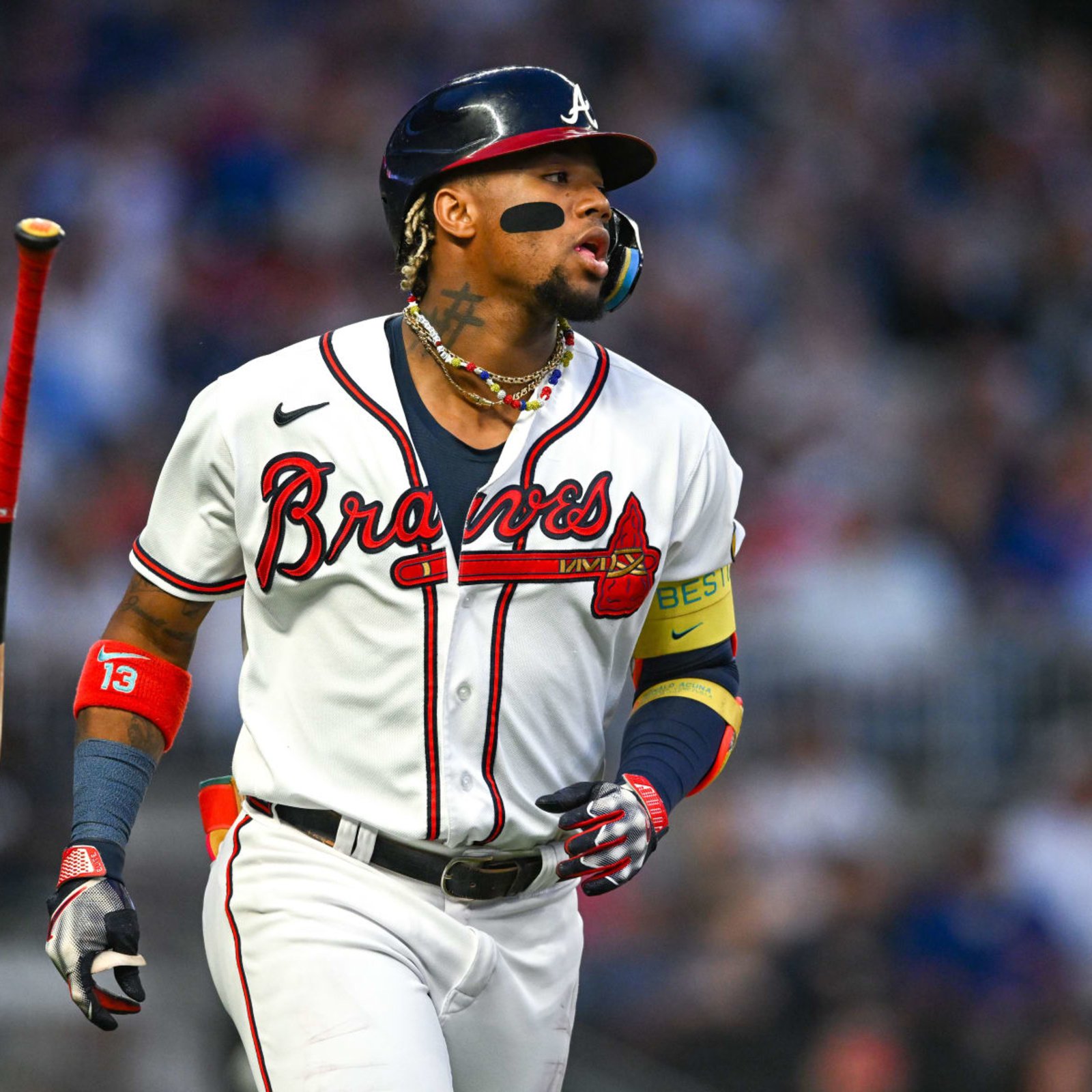
 Ronaldo8 months ago
Ronaldo8 months agoRonald Acuña Jr.: The Rise of a Baseball Superstar
-

 BLOG8 months ago
BLOG8 months agoThe Ultimate Guide to Becoming a Car Guru: Tips for Car Enthusiasts and Buyers

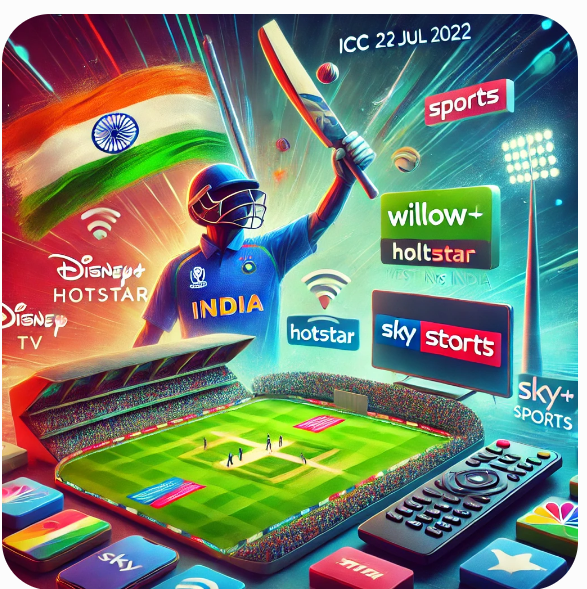
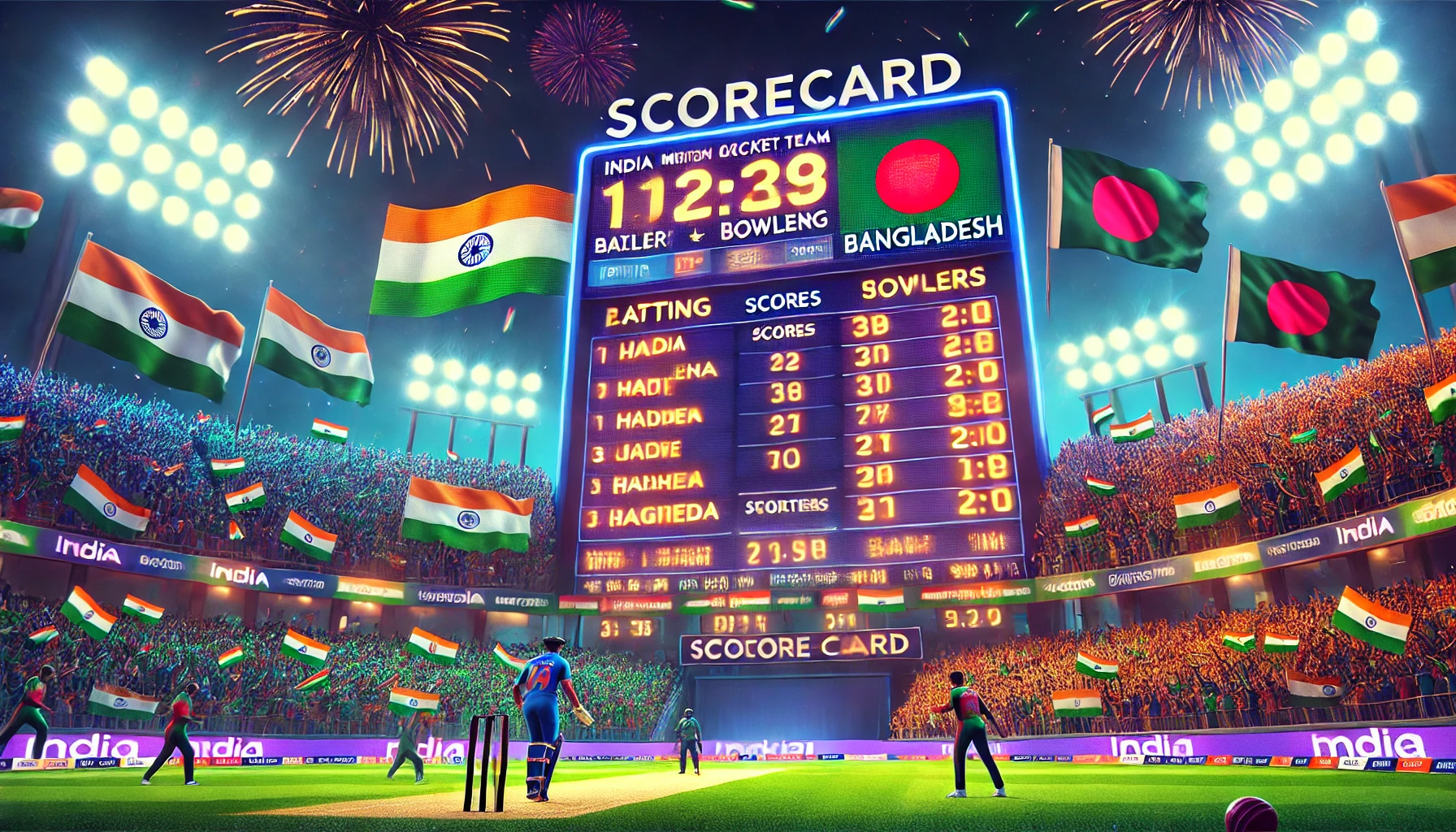

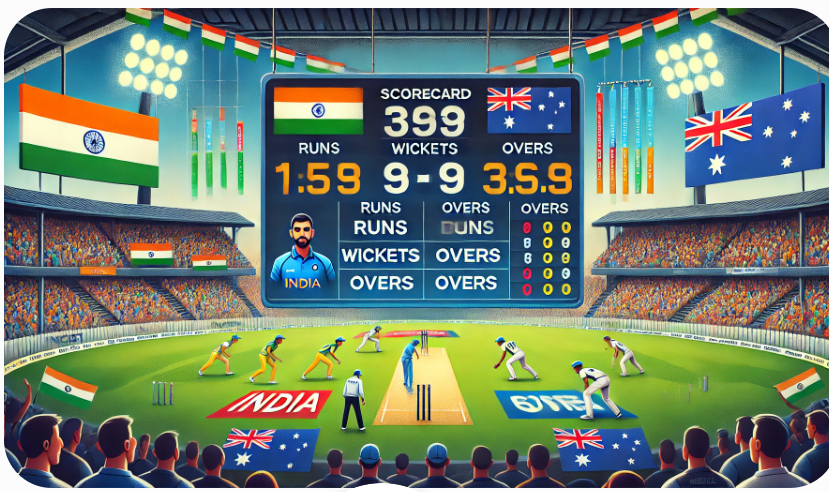
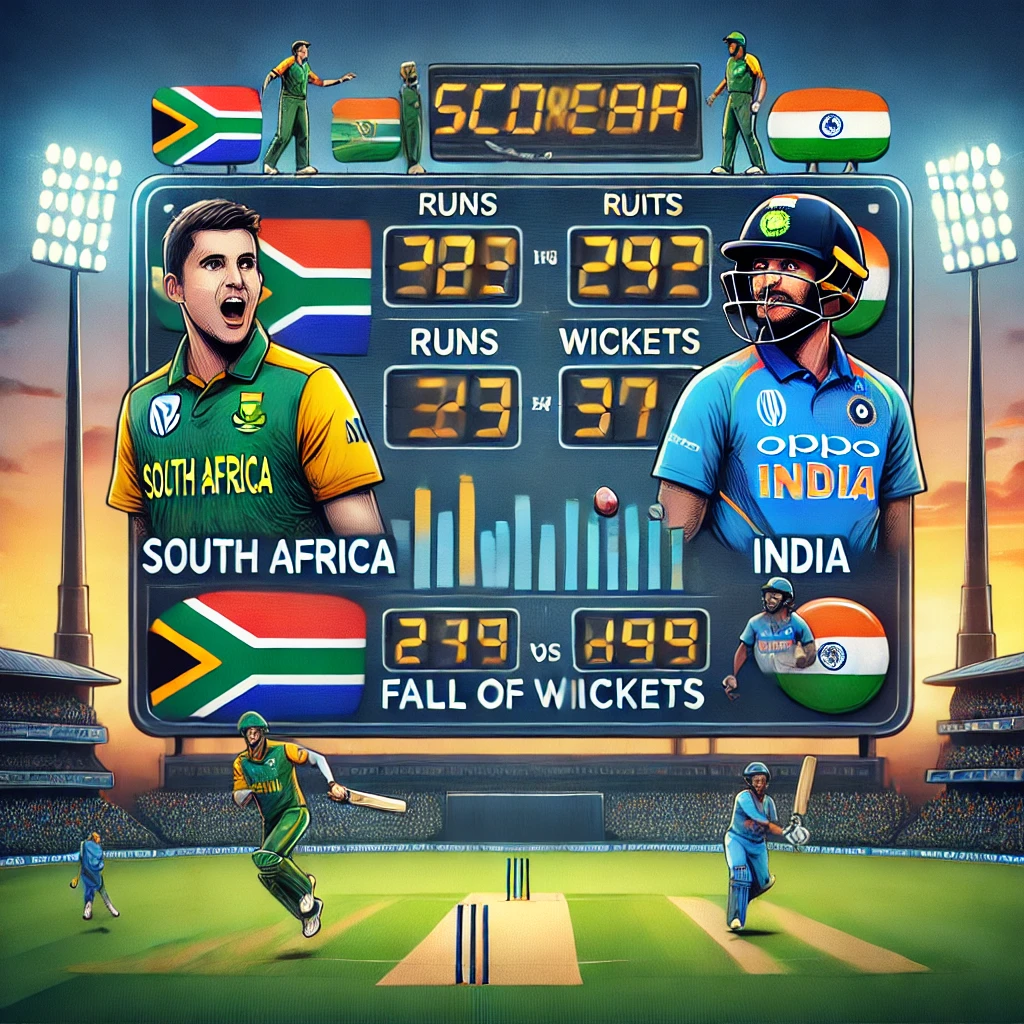

Pingback: India vs England - A Historic Cricket Rivalry - Ronaldo